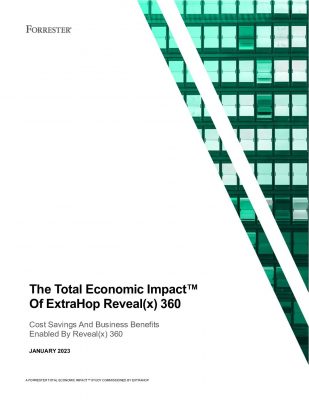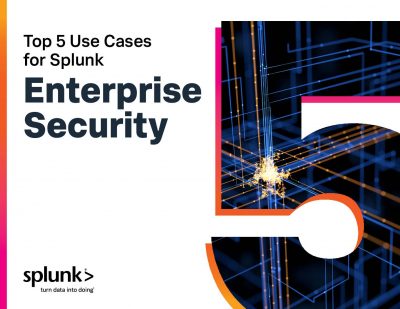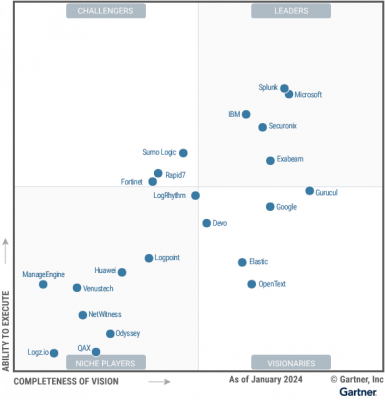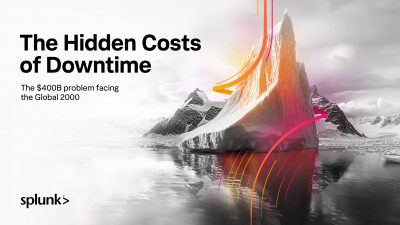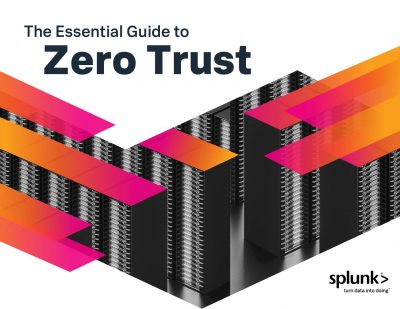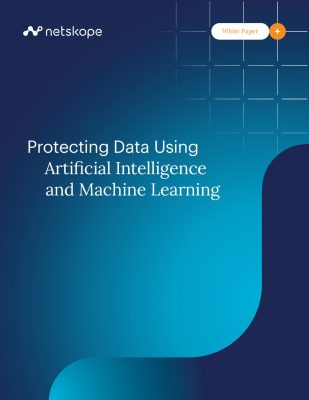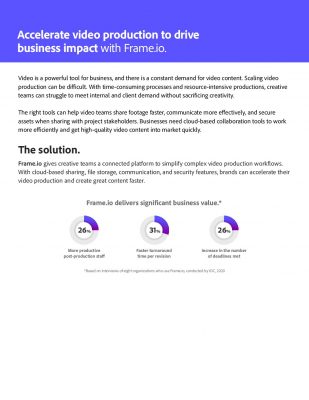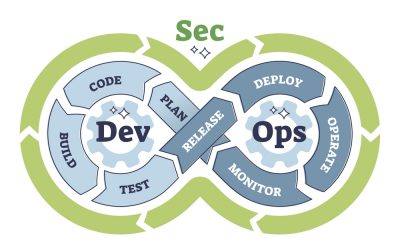Highlights:
- Shadow data can lead to severe compliance risks. Personal, financial, and healthcare data are subject to stringent regulatory standards mandating the identification and mitigation of shadow data containing such sensitive information.
- The most effective approach to shadow data securing is to consolidate your data repositories into a single source and utilize a dashboard to monitor activities across all data sources, enabling quick detection of anomalous behavior.
Isn’t data a crucial asset to business longevity? Certainly, yes! However, a clandestine form of data, existing beyond the purview of traditional IT oversight, includes everything from unauthorized cloud applications to unmonitored file transfers.
Shadow data refers to undisclosed, hidden, or neglected copies of sensitive information that evade organization’s IT security measures. This data can exist in many forms, including unstructured files, structured databases, or cloud storage, typically without the IT department’s awareness or control.
Shadow Data’s Prevalence in Business Landscape
The increased remote work practice has intensified this problem, with employees often using personal devices and cloud services beyond corporate oversight. In financial services, insurance, and energy sectors, shadow data can cause significant operational and regulatory challenges.
The threat posed by shadow data is substantial. For instance, in financial services, sensitive information stored in unauthorized spreadsheets can undermine decision-making and expose the organization to compliance violations and data breaches. Identifying and managing shadow data is crucial to mitigating data integrity issues.
Shadow data is an emerging challenge in the digital landscape. It often goes unnoticed yet poses significant risks to organizational security and compliance.
Why does Shadow Data Occur?
Four significant factors have transformed cloud data protection, giving rise to the issue of shadow data:
- Numerous technologies are employed to store, use, and share data in the cloud. These technologies can be managed by service providers or developers, and each one is often configured differently. This has led to creating multiple rapidly evolving architectures, introducing new risks. Nowadays, developers can make or duplicate an entire data store within seconds.
- Today, data protection teams cannot prevent developers from making changes; they can only establish guardrails to minimize errors. This puts them in a constant state of playing catch-up. Often left uninformed, they can no longer assume they know the location of all the data. Consequently, they spend more time seeking information and hoping policies are being followed. Little do they realize that such lenient practices lead to piling up of shadow data risks.
- As the emphasis on making data accessible to all who need it grows, so do the associated risks. Manual efforts to categorize and secure all data stores prove to be ineffective.
- Cloud data management operates on a shared data model designed to access any location with appropriate credentials. This decentralization eliminates a singular point of protection and monitoring.
Understanding the occurrence of shadow data is essential to grasping its profound influence on business operations and security.
Business Impact of Shadow Data
Shadow data poses significant challenges for security, legal, and compliance teams, including executives in the C-suite, due to its dual impact on security and regulatory adherence.
For cyber attackers, shadow data represents an easy target—sensitive information that is publicly accessible yet often unnoticed.
Moreover, shadow data expansion can lead to severe compliance risks. Personal, financial, and healthcare data are subject to stringent regulatory standards mandating the identification and mitigation of insights containing sensitive information.
Additionally, cloud object storage comes at a cost, particularly for enterprises. Unidentified and unnecessary cloud storage incurs tangible expenses. Streamlining data repositories and eliminating shadow data can directly improve financial outcomes.
This rephrased version clarifies the multifaceted challenges posed by shadow data, emphasizing its implications for security, compliance, and financial management in business contexts.
Shadow data’s undeterred impact on business operations causes keen urgency for robust strategies to secure these often-overlooked data traces.
Keys to Securing Shadow Data
Understanding the vitalities to securing shadow data is essential for maintaining the integrity and confidentiality of your organization’s sensitive assets.
- Visibility
The primary objective should be for your security teams to identify all cloud-managed environments and SaaS applications that may contain your organization’s sensitive data. You cannot secure data in repositories that are not visible.
- Control data access
This is the only effective way to mitigate the risks posed by insiders unintentionally creating shadow data. Conducting a thorough analysis of abnormal behavior is highly effective at detecting malicious user activity, contributing to shadow data risk management. Machine learning algorithms can establish a baseline of typical access patterns for privileged users and alert them to deviations. Machine learning analytics can also identify business-critical data and determine if a privileged user can access it.
- Data discovery and segmentation
To apply appropriate security controls, you need to identify and classify the data in all your repositories. This process must include not only traditional structured data but also semi-structured and unstructured data. The most effective approach is to consolidate your data repositories into a single source and utilize a dashboard to monitor activities across new sources of data, enabling quick detection of suspicious behavior.
Wrapping Up
Shadow data presents a significant risk to organizations, but it can be effectively managed with proactive measures. By prioritizing the identification and classification of all data, implementing robust security controls, and leveraging advanced technologies like machine learning for anomaly detection, your organization can combat the risks associated with malicious data formats. It is crucial for C-suite personnel to master these initiatives, fostering data security standards and constant vigilant practices.
Explore our carefully selected collection of Security whitepapers, designed to enhance your knowledge with thorough analysis and comprehensive insights.


